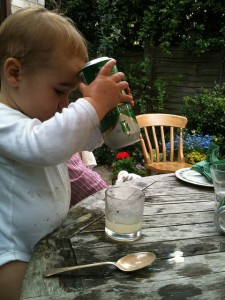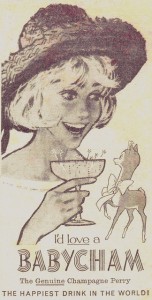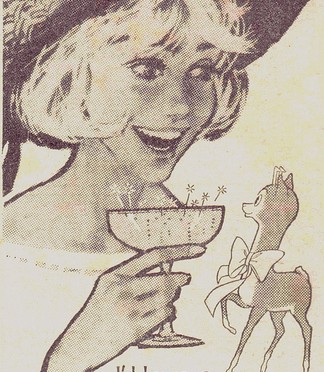Throughout the world, advertising for alcohol can get highly contested. Some groups claim alcohol advertising results in

increased alcoholism as well as negative influence over children, while those in the drinks industry rely on these advertisements to connect with their consumers.
A new study in the journal JAMA Pediatrics aimed to address these issues by examining how TV advertisements influence underage drinking.
1596 young adults between the ages of 15 and 23 completed phone and internet-based surveys related to alcohol advertising aired between 2010 and 2011 as well as their drinking habits.
Survey questions showed pictures of beverages seen during the 2010-2011 advertising campaigns with any branding signals (i.e. brand names, logos, etc) removed. Each participant answered 20 random survey questions.
“Alcohol receptivity” scores were determined based on participants’ answers to the survey questions. To determine alcohol receptivity scores, participants received a score of 1 for each question they marked as seeing the ad and liking it; and a score of 2 for correctly identifying the brand seen in the ad.
As a control, a similar survey was completed using fast food advertisements instead of alcohol advertisements.
The following drinking patterns for each participant were determined:
- For those who never drank previously but did at the start of the study, when did they start drinking?
- For those who were never binge drinkers but were by the start of the study, when did they start binge drinking?
- When onset of binge drinking occurred using the Alcohol Use Disorders Identification Test.
Important Findings:
- Underage participants were slightly less likely to see alcohol advertisements than participants of a legal age.
- Going from binge to hazardous drinking occurred for 29% and 18% of participants between the ages of 15 and 17 years old, respectively.
- Going from binge to hazardous drinking occurred for 29% and 19% of participants between the ages of 18 and 20 years old, respectively.
- For underage participants, alcohol receptivity score predicted the onset of drinking, the onset of binge drinking, and the onset of hazardous drinking.
- The fast food control found no association between fast food advertising receptivity and drinking.
The overall results of this study suggest that alcohol advertising is at

least partially responsible for onset of drinking, binge drinking, and hazardous drinking in underage adults, based on higher alcohol receptivity scores. Younger participants appeared to transition to more hazardous drinking at a higher rate than older participants.
Alcohol advertisers should work closely with researchers and the appropriate regulatory groups to reduce the likelihood of underage consumers seeing these advertisements. Additionally, improved alcohol education should be a required part of a child’s upbringing both in school and in the home.
Source:

